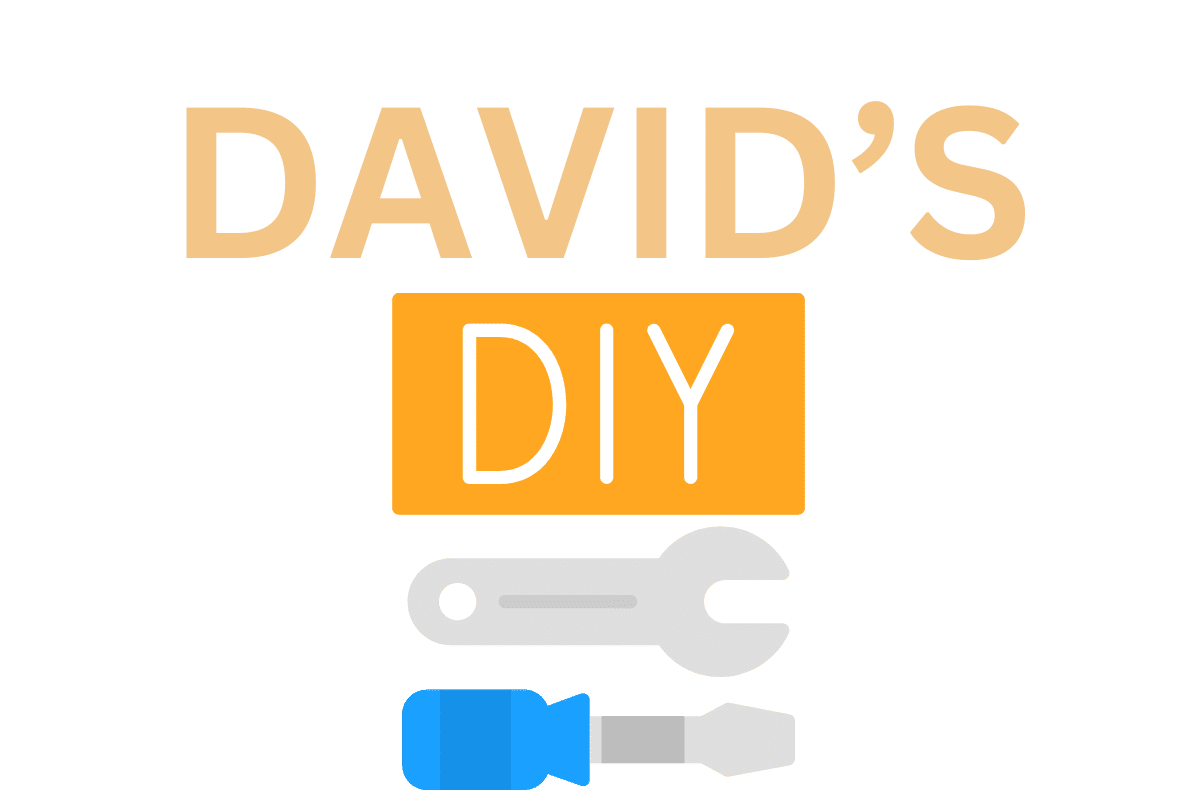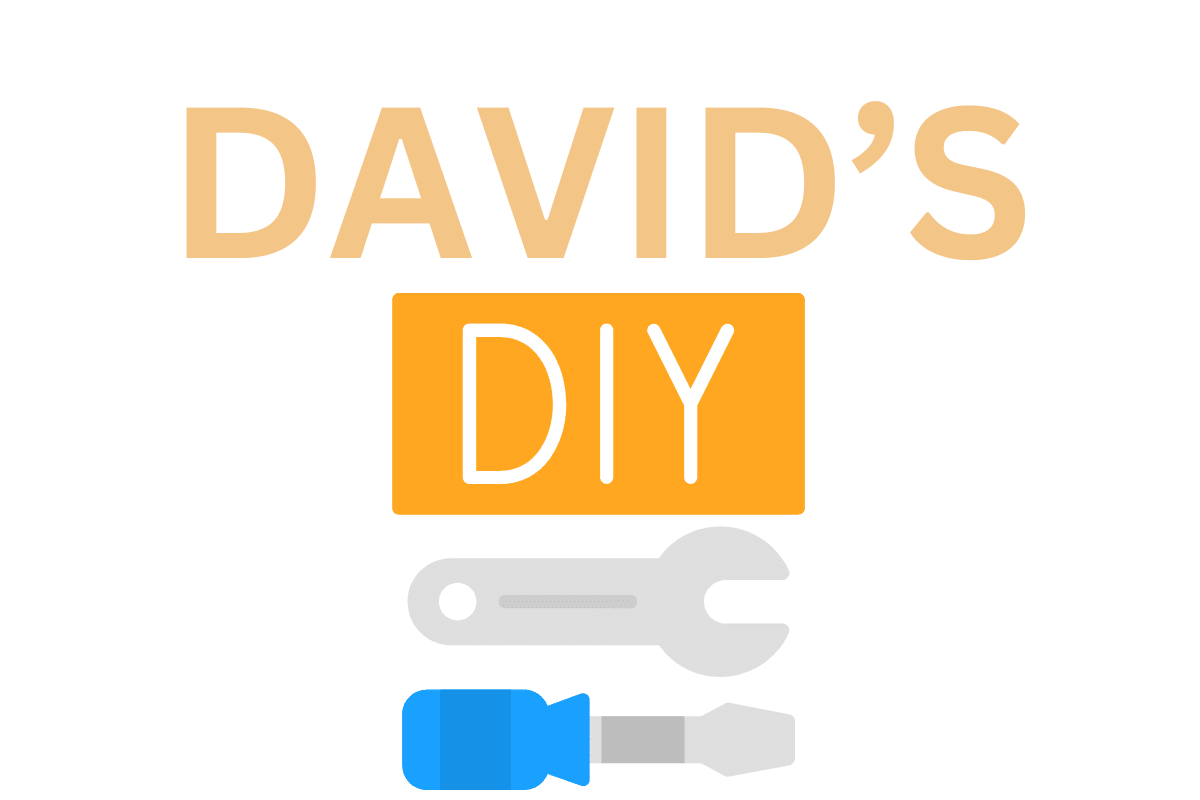Just like a well-tuned orchestra, our tools require fine-tuning to perform at their best. Through proper maintenance, we not only ensure longevity but also prioritize safety in our workspaces. By exploring key practices such as regular cleaning, lubrication, and diligent storage, we set the stage for tools that deliver precision and reliability. But what about the hidden dangers lurking in worn-out blades or damaged equipment? Stay tuned to uncover crucial tips on inspecting, sharpening, and replacing components to keep your tools in top shape and your projects running smoothly.
Importance of Regular Maintenance
Regularly maintaining your tools is essential for ensuring their longevity and optimal performance. Preventative maintenance is key to avoiding costly repairs or replacements down the line. To maximize your tools’ lifespan, follow these safety precautions and maintenance tips.
Firstly, always refer to the manufacturer’s guidelines for specific maintenance requirements. Inspect your tools regularly for any signs of wear or damage. Replace any worn-out parts immediately to prevent further issues. Keep your tools clean and store them in a dry place to avoid rust and corrosion.
Secondly, lubricate moving parts regularly to reduce friction and wear. Use the recommended lubricants to ensure proper functioning. Additionally, make sure to tighten any loose screws or bolts to maintain stability and accuracy.
Cleaning and Lubricating Your Tools
When it comes to maintaining tools, keeping them clean and well-lubricated is key to their longevity and performance. In this section, we will cover methods for effectively cleaning your tools, the crucial role of lubrication in preventing rust and wear, and the importance of selecting the appropriate products for the job. Let’s dive into these essential aspects of tool maintenance to ensure they remain in top condition for all your projects.
Tool Cleaning Methods
To maintain the efficiency and longevity of your tools, it is crucial to regularly clean and lubricate them. Here are some effective tool cleaning methods to keep your tools in top condition:
- Warm, Soapy Water: Use a mild soap and warm water to clean off dirt and grime. Dry thoroughly to prevent rust.
- Wire Brush: For tough rust or debris, a wire brush can help scrub off stubborn particles without damaging the tool.
- Environmental-Friendly Solvents: Opt for eco-friendly cleaning solvents to minimize the impact on the environment.
- Dry and Lubricate: After cleaning, ensure tools are completely dry before lubricating to prevent rust and ensure smooth operation.
Regular maintenance will not only extend the life of your tools but also enhance their performance.
Importance of Lubrication
Maintaining the efficiency and longevity of your tools goes beyond just cleaning; lubrication plays a crucial role in ensuring smooth operation and preventing rust. Proper lubrication techniques offer numerous benefits, such as reducing friction, minimizing wear and tear, and extending the lifespan of your tools. When applying lubricant, it’s essential to follow best practices to maximize its effectiveness. Start by cleaning the tool to remove any dirt or debris that could hinder the lubricant’s performance. Apply the lubricant sparingly but evenly, focusing on moving parts and areas prone to friction. Regular lubrication not only keeps your tools operating smoothly but also helps prevent corrosion, ultimately saving you time and money on repairs or replacements.
Choosing the Right Products
For optimal tool maintenance, selecting the right products for cleaning and lubrication is essential to ensure peak performance and longevity. When choosing products, consider the following:
- Product Durability: Opt for high-quality cleaners and lubricants that are known for their longevity and ability to withstand frequent use.
- Cost Effectiveness: While quality is crucial, also look for products that offer good value for money and help you save in the long run.
- Material Compatibility: Ensure that the products you choose are suitable for the materials of your tools to prevent damage or corrosion.
- Eco-Friendly Options: Consider environmentally friendly cleaners and lubricants to minimize your impact on the planet while maintaining your tools effectively.
Storing Tools Properly
Properly storing tools ensures their longevity and functionality. When it comes to tool organization and maintenance, having a designated storage system can make a significant difference in the lifespan and usability of your tools. Here are some tips on proper storage techniques:
| Storage Tip | Description |
|---|---|
| Use Pegboards | Hang frequently used tools for easy access. |
| Invest in Tool Chests | Keep tools organized and protected from the elements. |
| Label Everything | Clearly mark where each tool belongs for quick retrieval. |
| Store in Dry Areas | Prevent rust and corrosion by storing tools in a dry environment. |
Inspecting for Wear and Damage
When it comes to maintaining tools, inspecting for wear and damage is crucial. Visual inspection techniques will help me identify any signs of potential issues before they escalate. Regular checks ensure that my tools are in optimal condition for any task at hand.
Visual Inspection Techniques
Conducting a thorough visual inspection is essential for identifying wear and damage on your tools. Here are four key techniques to help you maintain your tools effectively:
-
Check for Rust Prevention: Look for any signs of rust or corrosion on metal surfaces. Consider using surface coatings to protect against further damage.
-
Inspect Wear Indicators: Pay close attention to wear indicators such as grooves or thinning of materials. These can signal areas that need immediate attention.
-
Focus on Stress Points: Examine stress points where tools are most likely to weaken or break. Reinforce these areas to prevent accidents.
-
Look for Cracks: Inspect tools for any cracks, especially near joints or handles. Cracks can compromise the tool’s integrity and should be addressed promptly.
Signs of Potential Issues
Inspecting tools for wear and damage involves closely examining key areas for signs of potential issues that could affect their performance and longevity. When checking for wear, identifying rust is crucial as it can weaken the tool’s structure over time. Look for any discoloration or rough patches on metal surfaces. Additionally, inspect the tool for cracks, especially near stress points or moving parts. Even hairline fractures can lead to catastrophic failure during use. Regularly running your fingers along the tool’s surface can help detect any imperfections. By promptly addressing these signs of wear and damage, you can prevent accidents and extend the lifespan of your tools, ensuring they remain safe and efficient for your tasks.
Importance of Regular Checks
Regularly checking your tools for wear and damage is essential to ensure their optimal performance and longevity. By conducting routine inspections, you can catch potential issues early on, preventing accidents and costly replacements. Here are four benefits of regular checks:
- Enhanced Safety: Identifying worn-out parts can help prevent malfunctions that may lead to injuries.
- Extended Tool Longevity: Regular maintenance increases the lifespan of your tools, saving you money in the long run.
- Improved Efficiency: Well-maintained tools work more efficiently, allowing you to complete tasks faster and with better results.
- Cost Savings: Detecting problems early can prevent major breakdowns, reducing repair expenses and downtime.
Sharpening and Replacing Blades
To keep your tools performing at their best, it is essential to regularly maintain and sharpen the blades as needed. Proper blade care not only prolongs the life of your tools but also ensures safer and more efficient usage. When it comes to sharpening techniques, there are several methods you can employ depending on the type of blade you are working with. Here are some key techniques to keep in mind:
| Blade Type | Recommended Sharpening Method |
|---|---|
| Straight edge | Whetstone or sharpening stone |
| Serrated edge | Diamond rod or tapered diamond file |
| Scissors/shears | Sharpening stone or a scissor sharpener |
| Lawn mower blades | Bench grinder or file |
| Chisels | Honing guide with sharpening stone |
Regularly sharpening and replacing blades not only helps maintain the quality of your work but also reduces the risk of accidents due to dull blades. Remember, a sharp blade is a safe blade.
Using Tools Safely and Correctly
Using tools safely and correctly is paramount to preventing accidents and ensuring efficient work performance. To achieve this, it is essential to follow proper techniques and avoid common mistakes. Here are some key tips to help you use your tools safely and correctly:
-
Wear appropriate safety gear: Always wear safety goggles, gloves, and any other necessary protective equipment to prevent injuries.
-
Inspect tools before use: Check for any damage or defects in your tools before starting work to avoid malfunctions that could lead to accidents.
-
Use tools for their intended purpose: Ensure you are using each tool for its designated task, as improper use can result in damage to the tool or cause accidents.
-
Maintain focus and concentration: Distractions can lead to errors and accidents, so stay focused on the task at hand to work safely and effectively.

